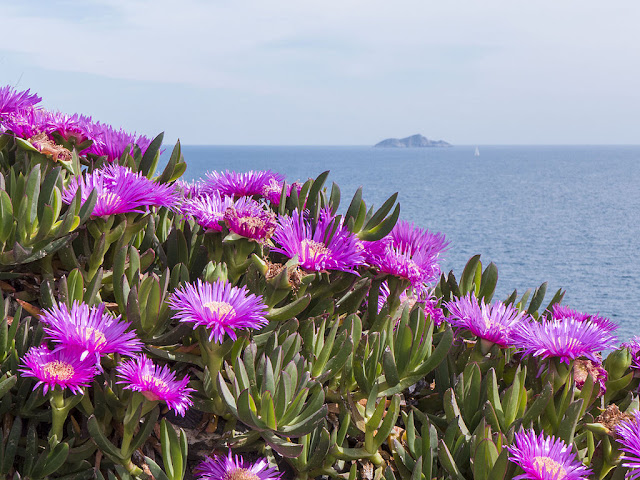For the last few weeks, I have been popping in all my local charity shops to find planters in white/cream for my living room. I thought it would take forever to find planters I liked on such a tight budget but I was pleasantly surprised at how quickly it all came together.
With so many cuttings and baby succulents all over the place, I needed a way to save some space and display them so they are pleasing to the eye.
This was also a way for me to protect a few prized plants from the snow and intense cold weather we had in Feb/March, having a few of each plant in different locations around the home/garden for me gives peace of mind.
Once the small plants and cuttings have become more established plants they will be potted up or added to a larger display.
My charity shop planter finds totalled £5.60 #bargain :) all the plants were ones I already had so this was a very cheap way to give the living room some life and soul.
Will update over the coming weeks with new plants and planters :)



























